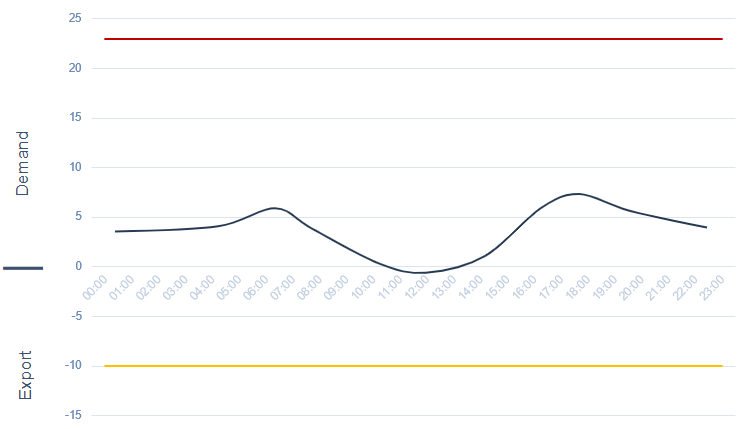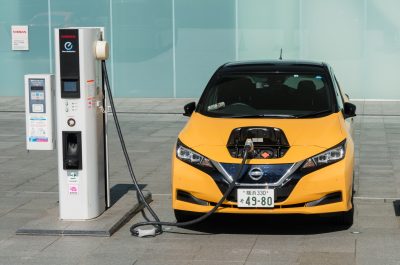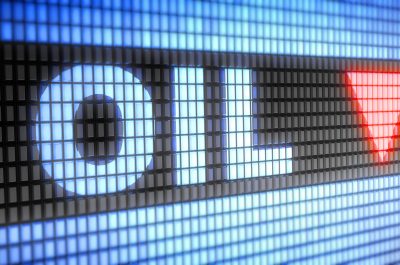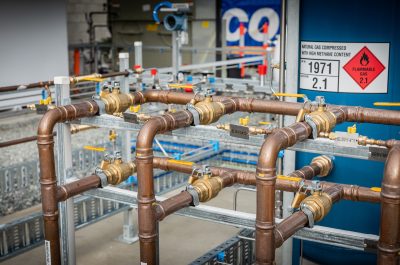What’s in an envelope?
If you’re interested in energy (chances are pretty good if you’re reading this article), then you might have heard of dynamic operating envelopes (DOEs). These are vital technology needed to safely and reliably run a 100 per cent renewable grid, but how we implement them in practice is a key focus for the industry.
What are ‘operating envelopes’?
Let’s first bring it back to basics and talk about what we mean by the term “operating envelope”. All customers who are a part of the electricity system today have an operating envelope.
This is the physical limit of each customer’s point of connection to the grid. Think about the big 100amp fuse most of us have in our circuit breaker box; once you try to draw more than 100amps, the fuse kicks in and protects both the system and the appliances in your house. It is essentially the upper limit of how much customers can safely draw from the electricity system.
The graph above shows an example of a typical household electricity usage over a normal day. In this graph we see that there’s a slight increase around 6am (everybody waking up and making coffee), a gradual drop till midday (pre-COVID, people went to work and no one was at home) and a small ramp up again after 4pm (everyone’s coming home and starting to make dinner).
One key thing to notice is the point at where demand becomes negative at around 11am (or peak solar output). This is typically caused by some form of distributed energy resources (DER) like solar PV panels exporting energy back into the grid.
In this case 100amps (around 23kw) is the static import limit and is shown by the red line. The yellow line is the static export limit i.e. what is the max solar this customer can safely export into the grid.
It is up to the distribution network service provider (DNSP) to determine what are the limits for each customer to safely take and export energy from and to the grid.
Why do we need “dynamic” ones?
Hopefully you’re still with me and at this point you may ask “why do we need dynamic envelopes?”. The simple answer is that applying a static limit for both demand and export is a pretty blunt tool that networks have used for decades. As the energy system transforms, there’s a growing expectation that networks will need to operate in smarter and more sophisticated ways for a high DER future.
Networks also think providing a more dynamic limit that changes in response to things like network condition, geographic location and time of day will be a key tool to safely and reliably running a future with more renewables.
Finally, we think that DOEs will allow networks to run more efficiently, maximising the amount of DER exporting into the system to really drive the environmental and cost outcomes which we know are important to customers
What does it mean for customers?
It means different things for different customers. For a customer with DER, it might mean that we are able to really maximise their output into the grid and help drive their return on investment. For customers without DER, this could mean lower wholesale electricity costs, or supporting their environmental ambitions.
Unfortunately, it’s not all good news and there are important considerations that networks, market bodies and customers need to make when we start implementing this idea. What should be considered when setting these limits and the trade-offs between things like cost, complexity, economic benefits, fairness and efficiency.
There is no silver bullet that satisfies all of these issues and important work is being done by ARENA and networks to bridge the gap between industry and customers on what the best balance is and to ensure costs are allocated equitably to those that gain a benefit.
There’s a lot of exciting stuff happening in this space and if you’re interested in learning more I encourage you to have a look at the ARENA website.




